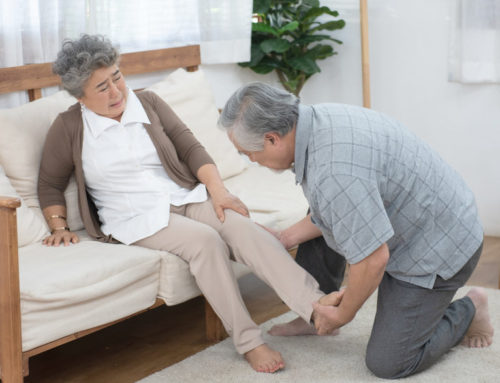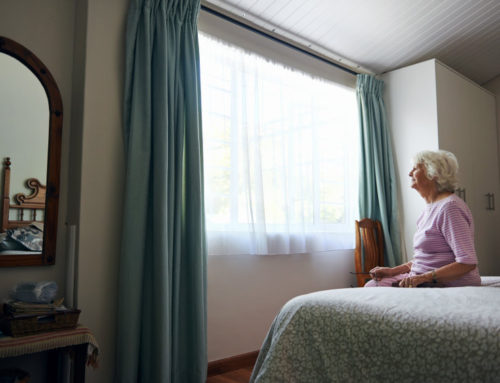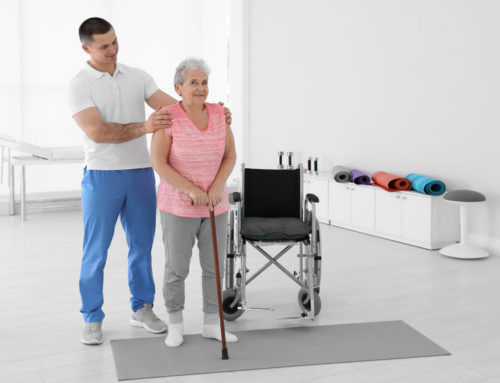Share This Story!
Do You Need Help With Recovery?
Millions of surgeries or hospitalizations happen each year. For some injured or ill people, medical assistance is just the start. An excellent recovery is vital to get back into the groove of everyday living. Some persons, particularly seniors, can benefit from long-term care, but not just any care. In these cases, skilled nursing facilities can be a lifesaver.
What are skilled nursing facilities?
Due to age, some seniors cannot perform everyday activities without assistance. Assisted living facilities came into play to help take care of basic needs. Skilled nursing facilities take this level of care up a notch. These facilities have medical professionals like nurses, LPNs, and doctors on hand to help with recovery. There is also personnel to help with basic care. The goal of skilled nursing facilities is to help the patient recover as quickly as possible after the hospital. Here are 4 reasons why a skilled nursing facility makes sense.
1. Round the clock medical support
After a heart attack, fall, or severe illness, a patient may need added support beyond surgery. Skilled nursing facilities provide doctors, nurses, and support staff 24/7 to ensure the patient has a smooth recovery. It’s not uncommon for a patient to be transferred to a skilled nursing facility from a hospital. That way, the patient can start recovery almost immediately and benefit from support the family cannot provide.
2. Advanced levels of recovery
After a severe injury or illness, rest and medication are not enough to get back to normal. The patient may need advanced recovery care. For instance, a stroke or traumatic brain injury (TBI) may call for speech and language therapy. Some persons may need advanced wound care or physical therapy. Skilled nursing facilities often have the staff and tools to perform these recovery techniques.
3. Support beyond recovery
The health and recovery of the patient are essential. But the facility helps beyond providing therapy services. Skilled nursing facilities also help with diet and nutrition, crucial for recovery. There is also social support, emotional support, and other physical activities. The family is welcomed to visit as often as possible, making recovery a holistic approach.
4. Peace of mind for everyone involved
Skilled nursing facilities are excellent for everyone involved, including family. Family members may not be available to meet the patient’s needs around the clock. If the patient lives alone, this increases the risk of a fall or another injury. The patient also has peace of mind receiving high-quality care, increasing the chances of an excellent recovery.
Choose the right facility for your loved one
For persons who need more support after illness or injury, choose a skilled nursing facility. With medical personnel available, there is an increased chance of a full recovery. With round-the-clock support and a holistic approach, these facilities can help many types of patients. Speak with a doctor or facility administration for more information today.





